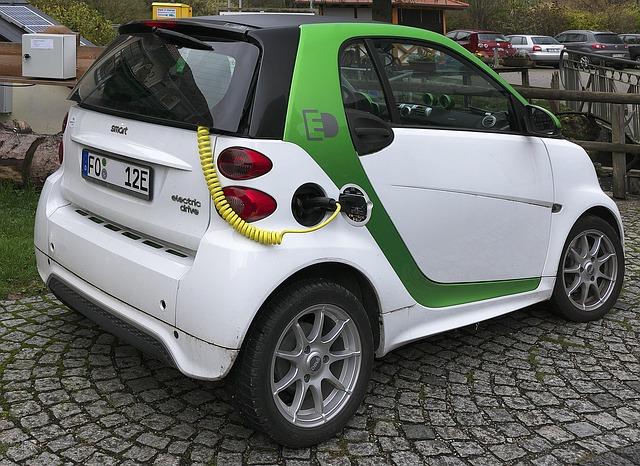Imagine waking up to a car that refuses to start, its engine silent as the morning sun rises. You may wonder, what invisible force could have drained your battery overnight, leaving you stranded before the day even begins? While it might seem like a simple glitch, the reasons behind a dead car battery by morning are often more complex and surprising than you think. From unnoticed electrical draws to environmental factors, understanding what saps your battery’s life while you sleep is the first step toward preventing those frustrating, powerless mornings. In this article, we delve into the common—and not so common—culprits that quietly drain a car battery overnight, shedding light on how to keep your vehicle ready to go when you are.
Table of Contents
- Common Electrical Culprits That Consume Power While You Sleep
- How Parasitic Drain Affects Your Battery Life and Car Performance
- The Role of Interior Lights and Accessories in Overnight Battery Discharge
- Why Faulty Alternators and Wiring Can Leave You Stranded
- Simple Checkpoints to Diagnose Hidden Battery Drains
- Practical Tips to Prevent Overnight Battery Drain and Extend Battery Health
- Q&A
- Concluding Remarks

Common Electrical Culprits That Consume Power While You Sleep
Even when your car is parked and the engine is off, certain electrical components continue to draw power, slowly draining the battery. Interior lights left ajar, aftermarket alarm systems, and infotainment units with standby modes are notorious for silently consuming energy. Additionally, USB chargers or devices plugged into the car’s outlets can cause a subtle yet continuous power leak. These seemingly minor currents add up overnight, leaving you with a battery too weak to start your engine in the morning.
Modern vehicles come equipped with numerous electronic modules designed to stay alert, but sometimes a malfunction can result in an excessive drain. Below is a quick overview of typical offenders along with their average power draw:
| Device | Typical Power Drain (mA) |
|---|---|
| Interior Dome Light (Left On) | 300-500 |
| Aftermarket Alarm System | 30-50 |
| Infotainment Standby Mode | 20-40 |
| USB Chargers/Devices | 10-100 |
| Central Locking Module | 5-15 |
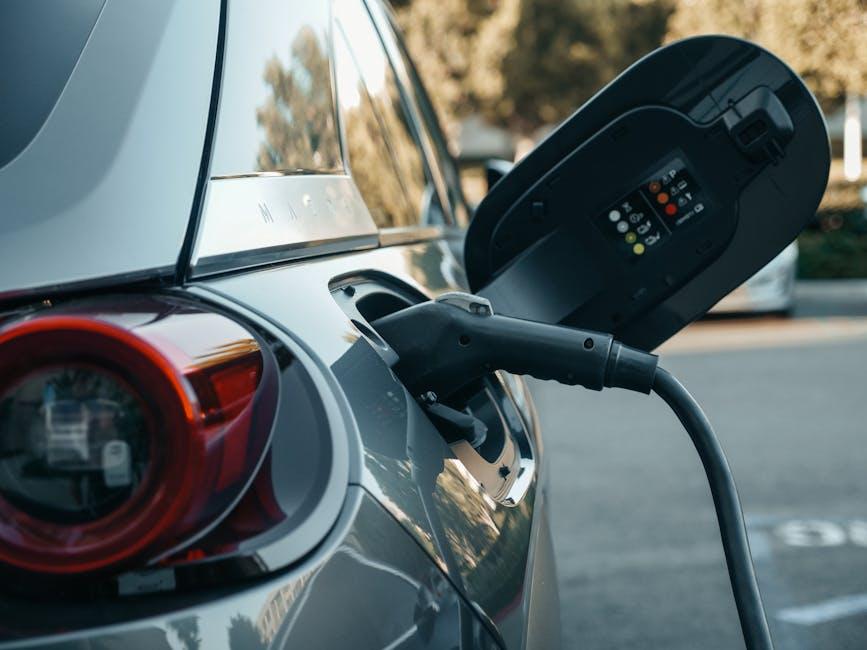
How Parasitic Drain Affects Your Battery Life and Car Performance
Every vehicle has a certain amount of electrical demand even when it’s turned off, which is perfectly normal. However, when this power consumption exceeds the usual baseline, it leads to a phenomenon called parasitic drain. This silent energy thief continuously pulls current from your battery, subtly draining its life overnight. Over time, the battery becomes weak, reducing its capacity to deliver the necessary power for starting your engine or operating electrical components efficiently.
The impact of parasitic drain goes beyond just a dead battery; it can affect your car’s overall responsiveness and lead to frequent, unexpected breakdowns. Common culprits causing these stealthy drains include:
- Faulty wiring or electrical shorts that keep components like the interior lights or radio circuits awake
- Aftermarket accessories improperly installed without considering power draws
- Glove box or trunk lights that fail to switch off when doors are closed
- Old or malfunctioning relays that do not disengage as intended
| Symptom | Potential Cause | Effect on Performance |
|---|---|---|
| Battery dies overnight | Left on interior lights or short circuit | No start, dim headlights |
| Slow engine crank | Malfunctioning relay | Delayed starts, reduced power |
| Warning lights intermittently on | Electrical system fault | Unstable engine and accessory behavior |

The Role of Interior Lights and Accessories in Overnight Battery Discharge
Interior lights and accessories might seem harmless when your car is parked, but they play a significant role in overnight battery drain. Even a small light left on, such as the dome light or vanity mirror lamp, can consume power continuously throughout the night. Similarly, electronic accessories like infotainment systems, USB chargers, or dashboard displays can draw power if they’re not fully turned off. The slow but steady current flow can lead to a weakened battery by morning, especially in older vehicles or batteries with lower reserve capacity.
Common culprits include:
- Dome lights left illuminated due to door ajar sensors malfunctioning.
- Glove compartment or trunk lights remaining on accidental.
- Aftermarket accessories like alarm systems or dash cams with poor wiring.
- Charging ports left active or devices left plugged in.
| Accessory | Average Current Draw (mA) | Impact Overnight |
|---|---|---|
| Dome Light | 300 | Significant drain in 6-8 hours |
| Alarm System | 30-50 | Minor but gradual drain |
| USB Chargers | 20-40 | Slow battery drain |
| Infotainment System | 100-200 | Moderate drain if partially on |
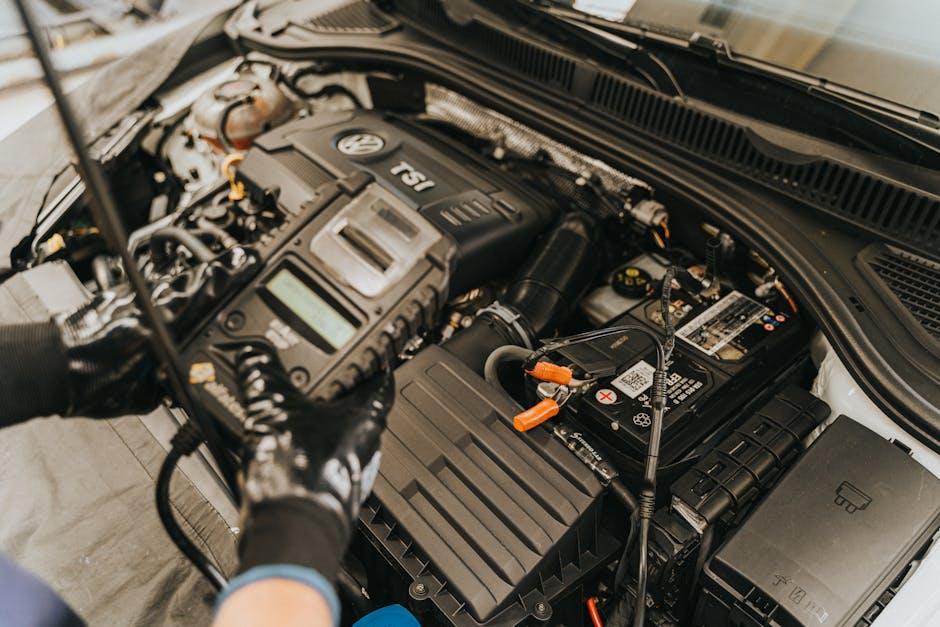
Why Faulty Alternators and Wiring Can Leave You Stranded
The alternator plays a crucial role in maintaining your car battery’s charge, converting mechanical energy into electrical power as you drive. When it malfunctions, the battery isn’t replenished and slowly drains, especially overnight when the vehicle is off. Faulty wiring compounds this issue by causing parasitic drains that silently sap battery life. Even the smallest shorts or frayed wires can draw power unnecessarily, leaving you waking up to a dead battery and the frustration of an unexpected roadside halt.
Common signs of alternator and wiring issues include:
- Dim or flickering dashboard lights
- Grumbling or whining noises from beneath the hood
- Frequent battery replacement without explanation
- Warning lights on the dashboard
| Cause | Effect on Battery | Impact |
|---|---|---|
| Alternator Failure | Battery not charged | Battery drains overnight |
| Wiring Shorts | Continuous power draw | Unexpected dead battery |
| Corroded Connections | Reduced charging efficiency | Slow battery drain |
By addressing these issues promptly, you save yourself the hassle of being stranded and extend the overall health of your electrical system. Regular inspection of the alternator and wiring can catch these silent saboteurs before they leave you powerless at the most inconvenient moments.
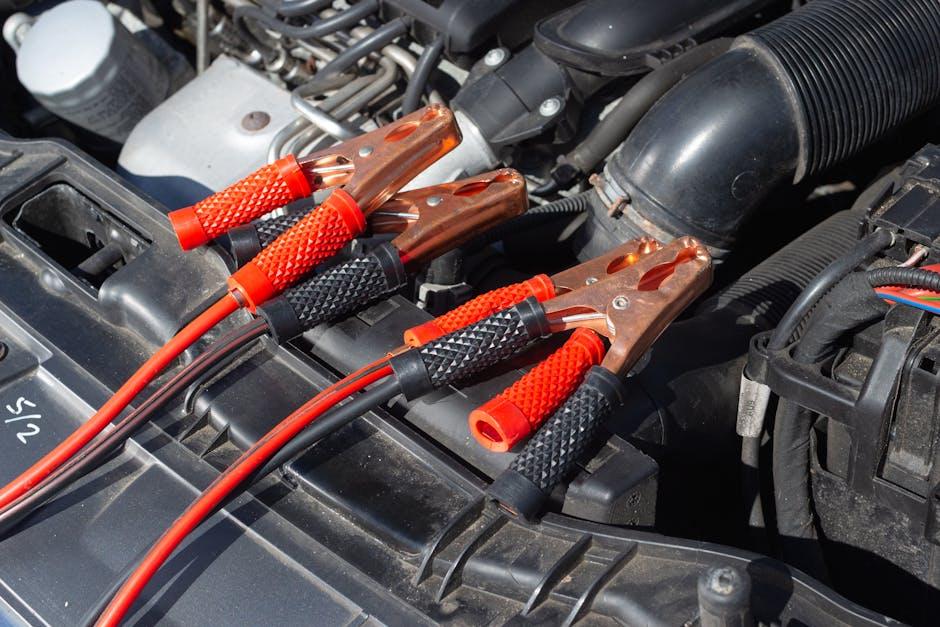
Simple Checkpoints to Diagnose Hidden Battery Drains
Begin by checking the basics: ensure all lights, including glovebox and trunk lights, are completely off. Sometimes, a door sensor might fail, causing the interior lighting system to stay on unnoticed. Next, look at your car’s electrical accessories that draw power even when the vehicle is off, such as aftermarket alarms, GPS trackers, or sound systems. These tend to be the usual suspects in nighttime battery drainage.
For a more technical approach, perform a parasitic draw test using a multimeter to measure battery drain in amps. Below is a quick reference guide to typical drain ranges:
| Component | Typical Drain (mA) | Notes |
|---|---|---|
| Normal Idle Drain | 25-50 | Essential circuits active |
| Aftermarket Electronics | 50-200+ | Varies by device |
| Faulty Relay or Short | >200 | Requires immediate attention |
Understanding these values can help pinpoint whether your battery drain is normal or symptomatic of a hidden electrical issue. Trace back suspicious components and consider disconnecting non-essential devices one-by-one until the drain drops to an acceptable range. This methodical elimination is often the key to uncovering the invisible culprits robbing your battery’s overnight charge.
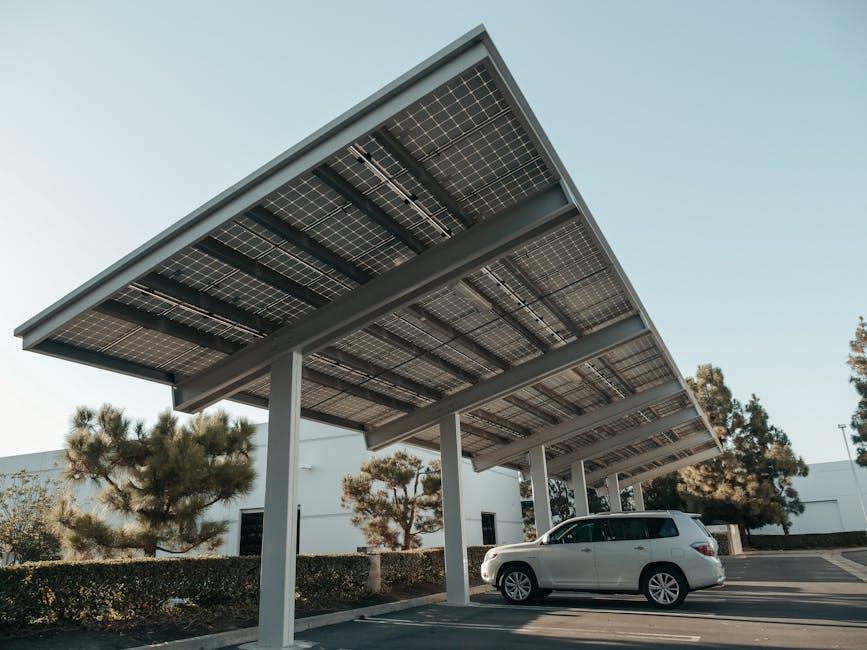
Practical Tips to Prevent Overnight Battery Drain and Extend Battery Health
Maintaining your car battery’s health overnight requires a blend of good habits and smart technology use. Start by disconnecting all electronic accessories, including chargers and dash cams, when the vehicle is off, as even minor draws can chip away at battery life. Investing in a quality smart battery maintainer can keep your battery powered without overcharging, especially if you park your vehicle for extended periods. Always ensure that interior lights and glove box lights turn off as soon as you close the doors; a simple oversight here can cause significant power drainage.
Another effective strategy is to check for parasitic battery drains—these are electrical components or systems that continue to consume power after the engine is off. You can have this tested at an auto service center or use a multimeter at home to identify potential culprits. Regular maintenance, such as cleaning battery terminals and ensuring tight cable connections, also helps prevent power loss. The following table summarizes quick maintenance steps that protect battery health while limiting overnight drain:
| Action | Benefit | Frequency |
|---|---|---|
| Disconnect accessories | Prevents continuous power draw | Every trip |
| Use smart battery maintainer | Keeps charge stable | When parked long-term |
| Inspect parasitic drain | Identifies hidden power steals | Quarterly |
| Clean terminals | Improves connection | Biannually |
Q&A
Q: What are some common reasons a car battery drains overnight?
A: Several factors can deplete a car battery while your vehicle sits idle. These include leaving lights on, a faulty electrical component drawing power continuously, a parasitic battery drain from aftermarket devices, or simply an old battery that can’t hold charge well anymore.
Q: How do lights affect car battery life overnight?
A: Leaving headlights, dome lights, or even interior lights on can rapidly consume battery power. Even a small light left on in a modern vehicle can lead to a completely drained battery by morning.
Q: Can a car’s electrical system cause overnight battery drain?
A: Yes. Components like faulty relays, sensors, or wiring issues may cause continuous power draw. For example, a malfunctioning alarm system or an aftermarket stereo with a wiring issue might silently sip battery energy all night.
Q: What is parasitic drain, and why is it a problem?
A: Parasitic drain is when an electrical device or system uses power even when the car is off. While some drain is normal to keep memory functions active, excessive parasitic drain can empty a battery overnight, leaving you stranded in the morning.
Q: Does battery age impact overnight drainage?
A: Absolutely. Older batteries lose capacity and efficiency, making them more vulnerable to drains. A weakened battery may appear fine during the day but fail to hold charge after sitting unused overnight.
Q: How can I diagnose what’s draining my car battery overnight?
A: Start by checking for obvious culprits like lights left on. If none are found, a mechanic can perform a parasitic draw test using a multimeter to pinpoint unusual current flow, helping identify faulty components or wiring problems.
Q: What steps can I take to prevent my car battery from draining overnight?
A: Regularly check that all lights and accessories are off before locking your car. Remove aftermarket accessories when not needed, inspect your battery health routinely, and have your vehicle’s electrical system evaluated if you notice frequent dead batteries.
Q: Can extreme weather affect overnight battery drain?
A: Yes. Cold temperatures reduce battery efficiency, making it harder to retain charge. During winter, a weak battery is particularly susceptible to draining overnight due to the extra energy needed to start the engine in cold conditions.
Q: Is it normal for some battery drain when a car is off?
A: A small amount of drain is normal as systems like the clock, security, and ECU maintain memory. However, it should be minimal—usually under 50 milliamps. Anything significantly higher might indicate a problem.
Q: When should I consider replacing my car battery?
A: If you experience repeated overnight drains despite no obvious electrical faults, especially with an older battery, it may be time for replacement. Batteries typically last 3-5 years, though extreme conditions and usage can shorten this lifespan.
Concluding Remarks
As the sun sets and your car rests in the silence of the night, unseen culprits may be quietly draining its battery, leaving you stranded come morning. Understanding what saps this vital energy—from parasitic electrical draws to environmental factors—empowers you to take proactive steps and safeguard your ride. By staying informed and vigilant, you can ensure that your car greets each day with the full charge it needs to take you wherever the road leads. After all, a well-cared-for battery is not just about power; it’s about peace of mind every time you turn the key.

